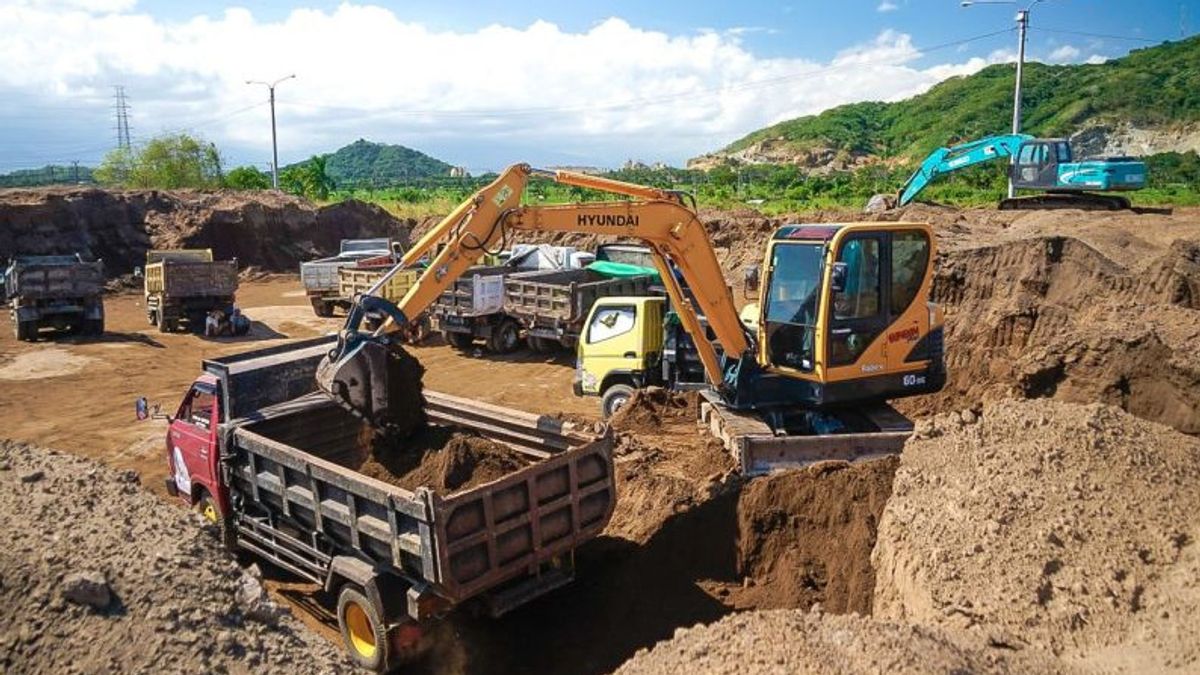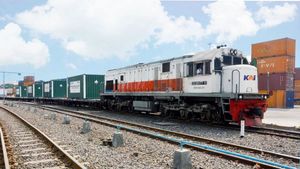PT PLN (Persero) supplies as much as 25,000 tons of fly ash bottom ash (FABA) or coal waste from the burning of steam power plants to build the track of the Selaparang Grand Prix (MXGP) Lombok, West Nusa Tenggara.
General Manager of PLN NTB Regional Main Unit, Sudjarwo, said that the presence of FABA in the construction of the MXGP Circuit was an extraordinary synergy. This is a very strategic step in optimizing the utilization of FABA.
"PLN continues to collaborate with the provincial government to continue to be present in international activities held at Bumi Gora. This is our commitment to make NTB proud in the eyes of the world," he said as quoted by ANTARA, Saturday, June 17.
He explained that the FABA used to supply is the remains of the new coal combustion from the Jeranjang Steam Power Plant (PLTU) managed by Indonesia Power, which is no longer hazardous and toxic waste (B3).
The use of FABAdi NTB has collaborated with several micro, small and medium enterprises (MSMEs) as well as government agencies, both on the island of Lombok, and Sumbawa Island.
In the process, said Sudjarwo, PLN collaborated with the NTB Public Works and Spatial Planning Office, the NTB Transportation Service and also the NTB Regional Police Traffic Directorate.
The cooperation carried out is related to security during the transportation process, route selection to the right time to carry out mobilization.
"So far, FABA has been used as a material substitute to build roads, bridges, paving blocks and several other construction products," he said.
At the Jeranjang PLTU, continued Sudjarwo, the total potential utilization of FABA reaches 75 - 80 tons per day or 2,100 - 2,400 tons per month.
FABA is generally used as a substitute for raw materials and or construction raw materials, such as making paving blocks, batakos, light brick, cement industry, rebate concrete, soil compactification and also used as soil stabilization.
FABA itself is a fine particle (in the form of ash) left over from burning PLTU and boillary coal.
"Referring to Government Regulation Number 22 of 2021 concerning the Implementation of Environmental Protection and Management on February 2, 2021, FABA is no longer B3 waste so that its utilization can be wider and easier," said Sudjarwo.
The English, Chinese, Japanese, Arabic, and French versions are automatically generated by the AI. So there may still be inaccuracies in translating, please always see Indonesian as our main language. (system supported by DigitalSiber.id)













